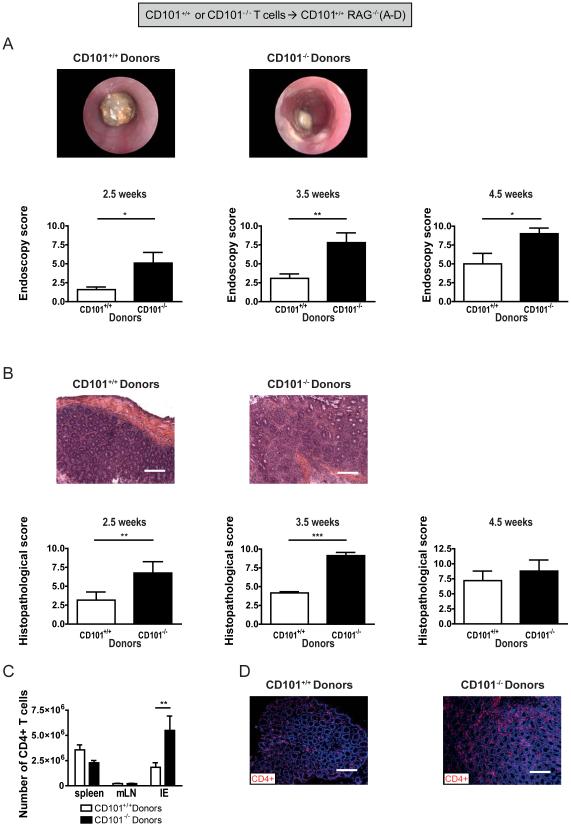Figure 2. CD101 on T cells is sufficient for ameliorating colitis.
(A+B) The induction of intestinal inflammation in CD101+/+ RAG1−/− recipient mice was monitored by high-resolution endoscopy (A) and histopathological analysis of H&E-stained tissue sections (B) 2.5, 3.5 and 4.5 weeks after T cell transfer from CD101+/+ and CD101−/− donor mice. Representative images from coloscopies (A) and H&E-stained tissue sections (B; bar, 100μm) as well as the means (± SD) of the endoscopic and histological scores from 6 individual recipient mice 4.5 weeks after T cells transfer are displayed (one out of two, five and three experiments, respectively). Statistical significance was calculated using a Mann-Whitney test (**, p<0.01; ***, p<0.001).
(C+D) The numbers of CD4+ T cells in the indicated tissues of 18 and 9 individual RAG1−/− recipient mice that had been injected with cells from CD101+/+ (n = 18) or CD101−/− donors (n = 9), respectively, 3.5 weeks before were assessed by flow cytometry (C) or immunofluorescence microscopy (CD4+ T lymphocytes are shown in red and intestinal epithelial cells in blue (D) (bar, 100μm) (mean ± SD of 3 experiments). Statistical significant differences within the respective organ sites were calculated using a student’s t-test (**, p<0.01).

